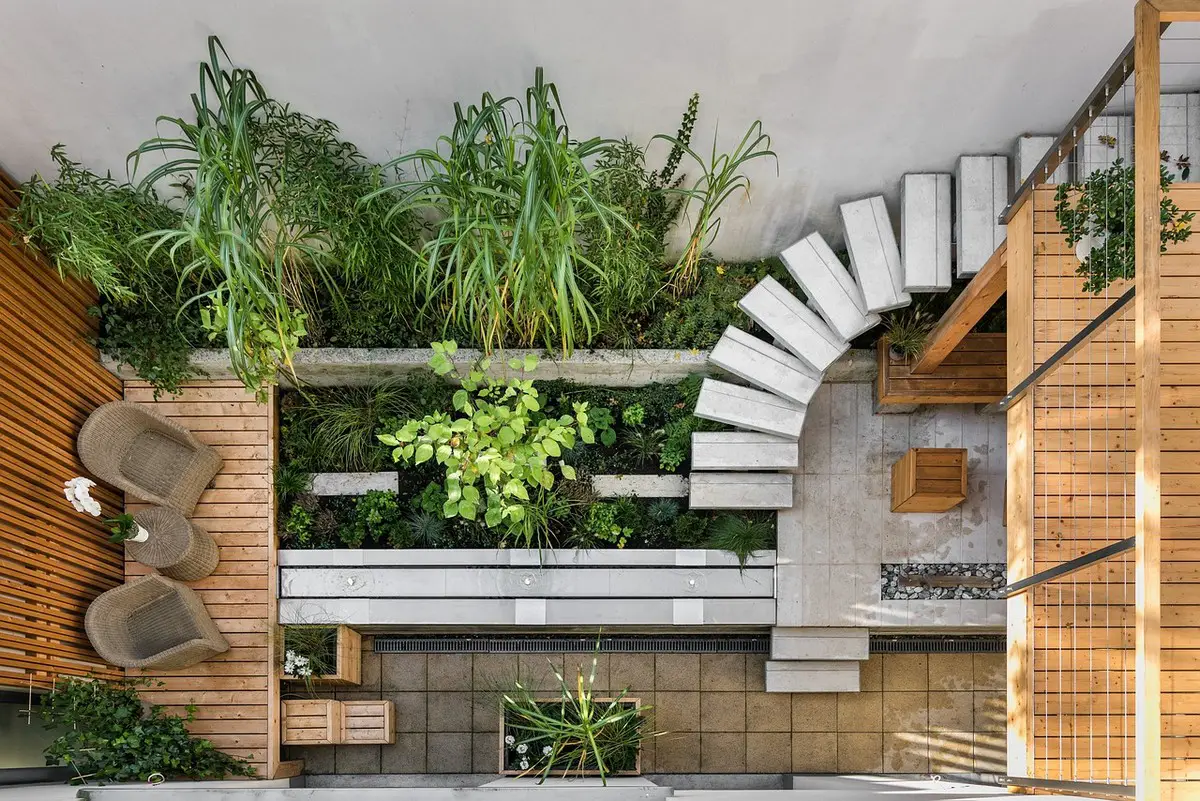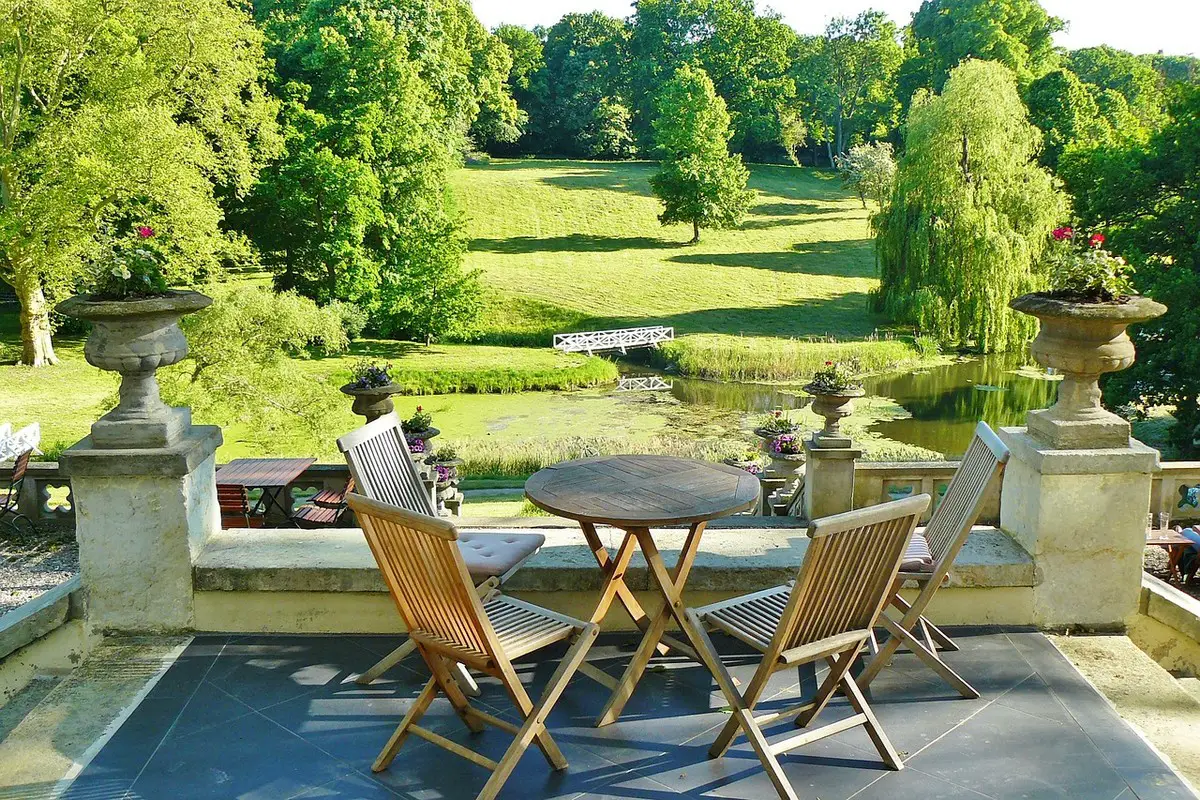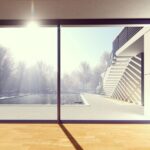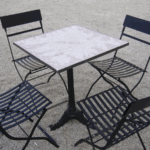Fusion of indoor outdoor spaces at home, Designing house plans, Property build style, Construction business plan template
Fusion of Indoor Outdoor Spaces: Blurring the Line in Residential and Commercial Architecture
February 23, 2024
The domain of contemporary architecture has ushered in a new era in our perception of spaces. Long gone are the times when indoor and outdoor areas were strictly segregated with clearly defined boundaries. Today, architects and builders adopt an integrated design approach seamlessly blending indoor and outdoor spaces to enrich our living environment. Equipped with a well-thought-out strategy businesses can adeptly navigate market fluctuations optimize resource allocation and seize opportunities with precision. For a visual representation of the structure and content of a modern business plan explore a construction business plan template that offers a robust framework and tailored guidance tailored to the unique challenges and goals of the construction industry.
Advantages of Integrating Indoor and Outdoor Areas
There are countless advantages to seamlessly blending indoor and outdoor areas. Firstly this integration enables us to bask in ample natural sunlight breathe in fresh air and revel in scenic views of nature. These factors profoundly influence our physical wellbeing mental health and overall productivity. Moreover, it provides additional room for hosting gatherings or unwinding making our living spaces or commercial establishments feel remarkably spacious.
Instances of Fusion within Home Design
One instance showcasing fusion within residential architecture involves incorporating floor-to-ceiling glass walls or sliding doors that seamlessly connect indoor and outdoor spaces. This practice fosters a natural flow between both areas allowing abundant light to illuminate the house. Additionally integrating green roofs or living walls blurs the distinction between inside and outside effectively bringing nature indoors.
Showcasing Fusion Elements in Contemporary Commercial Building Designs
In the domain of commercial architecture, fusion proves to be a cornerstone in crafting welcoming communal spaces that spur social connections and community participation. Consider for instance restaurants that showcase expansive windows to offer diners a panoramic view of their environment while enjoying their meals indoors. Similarly, hotels may incorporate outdoor gardens or courtyards to provide guests with a tranquil escape amidst the bustling urban landscape.
Essential Factors to Keep in Mind in Fusion Space Designing
When it comes to crafting fusion spaces architects face a mosaic of considerations. These encompass the sites climate intricacies its topographical subtleties the envisioned utility of the space and the palette of construction components. They must harmonize the cadence of space utilization across the diurnal and seasonal spectrums. Moreover they undertake the vital task of knitting together the interior oasis with the external landscape all while safeguarding seclusion and fortification.
What Lies Ahead in Fusion Environments
As we journey towards more sustainable living and working environments it is safe to assume that fusion spaces will have a growing presence in architectural design. With the surge of intelligent home tech and eco-conscious materials architects now possess a rich toolbox to fashion seamless transitions between indoor and outdoor spaces delivering advantages to both individuals and the planet. With continued innovation and exploration in the field of architecture, we can anticipate even more exciting fusion spaces that blur the lines between inside and outside, creating a truly integrated and harmonious living environment. From homes to commercial buildings, this trend will continue to shape how we interact with our surroundings and enhance our overall quality of life.
The Influence of Sustainability on the Construction Sector
Sustainable materials stand as the flag bearers of crafting enchanting spaces that not only captivate aesthetically but also uphold ecological accountability. The popularity of reclaimed wood recycled glass and composite decking in residential and commercial projects signifies a shift towards reducing waste and lessening environmental impact. Bamboo and cork emerge as swiftly renewable resources that boast durability and a unique visual charm. Regarding insulation materials such as sheeps wool or recycled denim excel in thermal retention all the while maintaining a modest carbon footprint. By integrating these avantgarde materials into their architectural designs professionals lead the charge towards a more sustainable future harmonizing function with environmental stewardship.
The infusion of sustainability into architectural design extends far beyond mere environmental benefits; it significantly impacts the wellbeing of occupants. Numerous studies highlight that spaces integrating natural elements such as plants and daylight play a vital role in reducing stress levels and enhancing mental health. This interplay with nature’s often termed biophilic design taps into our deeprooted fondness for the natural world creating spaces that are both utilitarian and soul-enriching. The utilization of nontoxic ecofriendly materials can enhance air quality leading to improved respiratory health and overall comfort. Consequently sustainable architecture transcends environmental conservation encompassing the holistic well-being of its inhabitants.
Blurring the line between indoor and outdoor spaces isn’t just a passing trend it’s a whole new ball game in how we perceive our living and working environments. Architects and builders are weaving a tapestry where the indoors seamlessly blend with the outdoors crafting living spaces that breathe well-being embody spaciousness and radiate a warm welcome. Whether you are a homeowner dreaming of sculpting a paradise in your backyard or a business owner eager to elevate your clienteles experience infusing fusion design elements into your architectural schemes can propel you towards your aspirations while paving the way for modern architectural future.
Comments on this guide to Fusion of Indoor Outdoor Spaces: Blurring the Line in Residential and Commercial Architecture article are welcome.
Custom Home Design
Custom Home Designs
Designing Your Custom Home and Build Plans
How to build your own custom home
Benefits of Using a Realtor When Building a Custom Home
Property Articles
Residential Architecture
Comments / photos for the Fusion of indoor outdoor spaces for your home advice guide page welcome.






